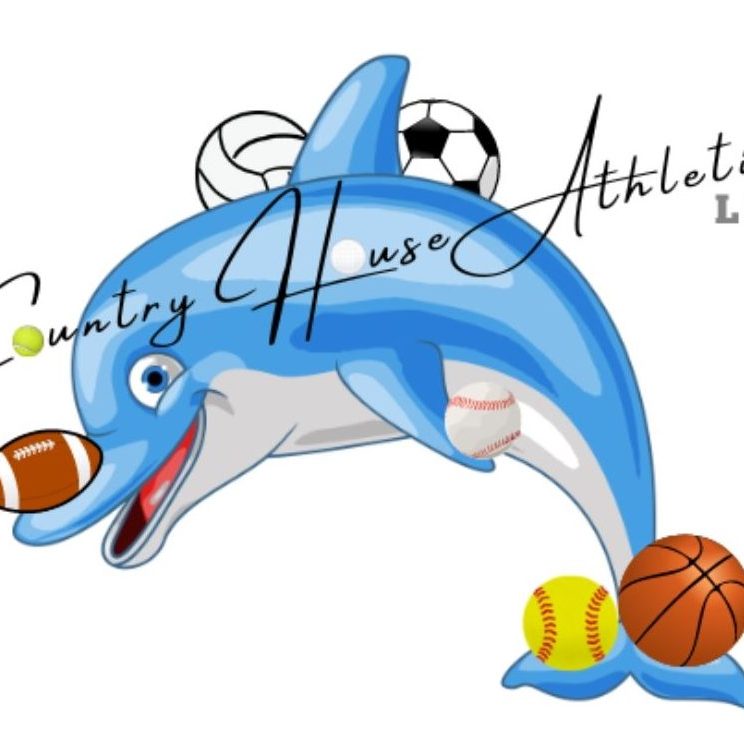Bumps and bruises are part of the game in most every sport in which your child may participate. While most heal quickly, some injuries can lead to unexpected complications. One of these conditions is called myositis ossificans, a very rare but important injury parents should be aware of. Understanding this condition can help you recognize its early warning signs and ensure your athlete recovers properly and prevent its occurrence.
What is Myositis Ossificans?
Myositis ossificans (MO) occurs when bone tissue forms within a muscle after an injury. This happens most commonly in athletes who suffer a deep muscle bruise (contusion) or repetitive trauma to the same area. Instead of healing normally, the body mistakenly starts depositing calcium in the injured muscle, leading to a hard lump and restricted movement and pain!
MO most often affects the thigh, upper arm, or hip muscles—areas that frequently experience direct impact in contact sports like football, basketball, and soccer.
What Causes Myositis Ossificans?
This condition usually develops from:
- A direct blow to a muscle (e.g., a hard hit, fall, or collision)
- Repetitive trauma to the same muscle group
- Improper management of a deep bruise (i.e., returning to play too soon, aggressive stretching/massage too early)
Athletes who try to “push through” a significant contusion without proper recovery are at higher risk for developing MO.
Signs and Symptoms
Unlike a typical bruise that improves within a week or two, myositis ossificans may present with:
- Persistent swelling and pain that worsens after a few weeks instead of improving
- A firm, painful lump within the muscle
- Decreased range of motion and stiffness in the affected area
- Weakness or difficulty using the muscle
If your child’s bruise isn’t getting better after two weeks or is becoming more painful, it’s important to contact your health care professional.
Diagnosis and Treatment
A sports medicine professional or doctor will evaluate your child’s symptoms and may order X-rays or an ultrasound to confirm if calcium deposits are forming in the muscle.
How is it Treated?
Most cases of myositis ossificans heal with proper care and rest. Treatment may include:
- Rest and activity modification to allow the muscle to heal
- Gentle stretching and physical therapy to restore movement and strength
- Anti-inflammatory medications to manage pain and swelling
- Avoiding aggressive massage or deep tissue therapy, which can make the condition worse
In rare cases, if the bone formation significantly limits movement or causes chronic pain, surgery may be considered. However, this is typically only needed if symptoms persist after several months.
How to Prevent Myositis Ossificans
You can help your athlete prevent MO by following these best practices for acute injury management:
✅ Immediate RICE (Rest, Ice, Compression, Elevation) for deep muscle bruises
✅ Avoiding aggressive stretching or massage on a fresh contusion
✅ Allowing full recovery before returning to intense training or competition
✅ Wearing proper protective gear in contact sports to minimize impact injuries
Encourage your child to communicate pain and stiffness rather than trying to “tough it out.” Early intervention can prevent complications and ensure a full recovery.
Final Thoughts
While myositis ossificans is uncommon, recognizing it early can make a big difference in your child’s recovery. If your athlete has a lingering, painful bruise or unexplained muscle stiffness, it’s always best to check in with a healthcare professional.
At Country House Athletics LLC, we’re committed to helping parents and athletes navigate sports injuries with confidence. Stay informed, stay proactive, and keep your athlete performing at their best!

No responses yet